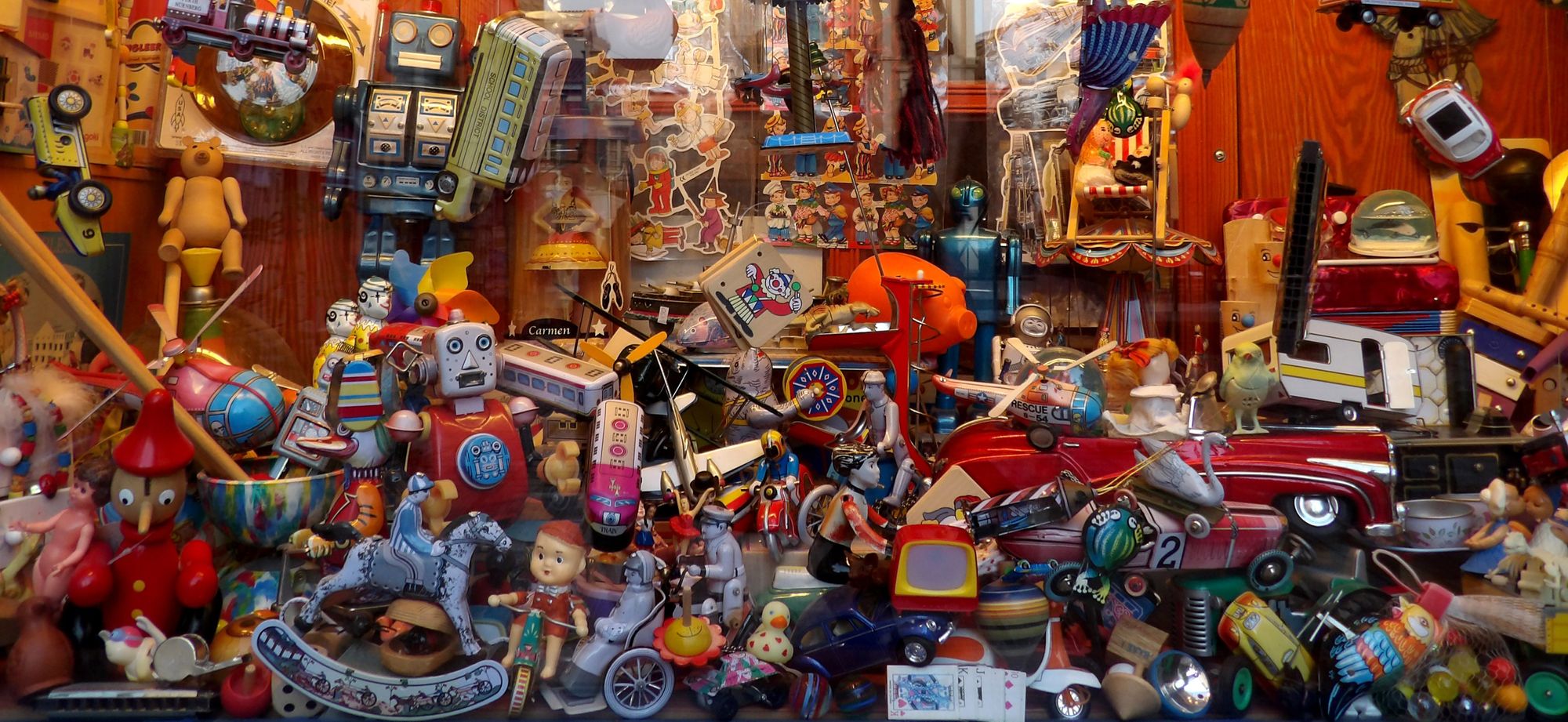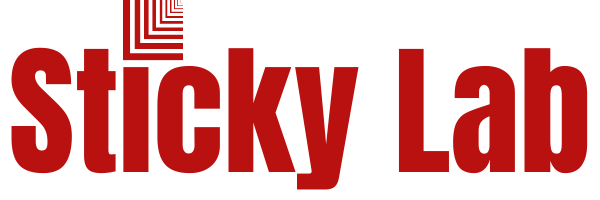
Let’s Talk About Curation
Curation. Turn the word over in your mind. What do you picture? Is it a museum collection, complete with aged artifacts, visually arresting diorama, and the eager narration of an expert historian? Perhaps it’s a library, books stacked high, the smell of aging ink and paper, and a sage librarian drifting amongst the stacks.
What about a Pinterest board or a Tumblr page — collections of digital images and links celebrating an aesthetic, theme, or perspective? Does this seem like a stretching of the definition of “curator” to you? A curator using Tumblr may not be engaging in a formalized process of curation, but these pictorial collections are reaching large audiences and having real impact. While there’s no doubt that skill, knowledge, and time-honored tradecraft are at the core of many exceptional collections, can we truly say traditional practitioners and venues provide the only legitimate path to high-quality, influential curation? Despite the grumbling of traditionalists, the art of curation is being transformed through the technological democratization of access to both knowledge and audiences. Yet, just as picking up a paint-brush won’t immediately make you a talented painter, assembling a digital collection doesn’t qualify you as a world-class curator. It is, however, exciting and important — for humanity as a whole — that so many people with myriad perspectives are choosing to take up the mantle of “curator.”
The collection and presentation of a certain finite grouping of materials tells a specific story in a unique voice. Inclusion and omission can both be significant. And just as with any art form, the marketplace of ideas decides the significance of the work. The choice to curate, nevertheless, belongs to us all.
The word curate derives from the Latin prefixes cur and cura meaning to care or heal and, more specifically to the case-at-hand, to care for, give attention to, take care of. Curation is rooted in restoration and stewardship.
It’s the revival and/or continuing care of a collection -- perhaps an ancient king’s burial accoutrements -- or a collection of contextualized works from a master artisan. Perhaps most relevant to the contemporary discussion of digital curation, however, is the word attention, a scarce resource in modern times. Certainly, curators must pay careful attention in building or maintaining a collection, but it’s equally important for them to communicate what is important, relevant, and useful about their collections. Curation has evolved into an art of both giving and cultivating attention, so that stories, ideas, and perhaps even truth, might be known, and survive.
Attention is the most basic form of love, through it we bless, and are blessed. John Tarrant
It is no mistake -- in a modern world defined by short attention spans and a glut of information -- that curation is increasingly embraced as an essential pursuit. Ironically, it’s never been easier to find things, but it’s also never been easier for things to become lost.
The art of curation is the act of paying attention by organizing information into fresh contexts that illuminate what is meaningful, relevant, and useful. Maria Popova, a master of digital curation whose blog exemplifies the creation of value through the collection and connection of digital materials, puts it this way: “Curation is more than packaging -- it is to help readers (discern) what is important in the world.” This exercise can be a transformative experience for both curator and audience. Through curation, we can expand our perspective and help others do the same.
In curation, the process is frequently as much about the journey as it is the destination -- and the benefits for the curator can be many. Oxford scholar Arthur Aufderheide wrote, “All knowledge is connected to all other knowledge, the fun is in making the connections.” That fun doesn’t only belong to people with certain degrees or titles, it can be enjoyed by anyone with something to say about what is known, how it’s connected, and what that might mean.
As Andrew Apostala writes in his excellent piece on the evolution of curation, “...curation is an art form and one that benefits those who are apt at specialization, regardless of what medium they are working with. In a world where individuals are now faced not with the tyranny of limited channels but too many channels to choose from, we need to turn to those who are more nuanced in specific subject matter than ourselves, lest we fall into the self-induced black holes of our own personal archives." Specialization doesn’t only derive from certification, it derives from experience of all sorts.

The fundamental human drives of curiosity and creativity compel us to sift through the world’s information in pursuit of understanding and invention, and curation can be a journey of personal discovery and growth. Most of what it takes to curate, and much of the benefit, simply comes from opening oneself up to the world -- from paying attention. Inevitably, this experience leads to questions, and those questions lead us in new directions in search of answers.
Whether we find our answers through travel, discussion, research, or just consistent reflection on a subject, throughout the process we become more connected with the world around us and the people in it, past and present. And all those connections are at the root of what it means to be human.
Matt thinks a lot about curation in his role as Manager of Customer Success at Saganworks.




